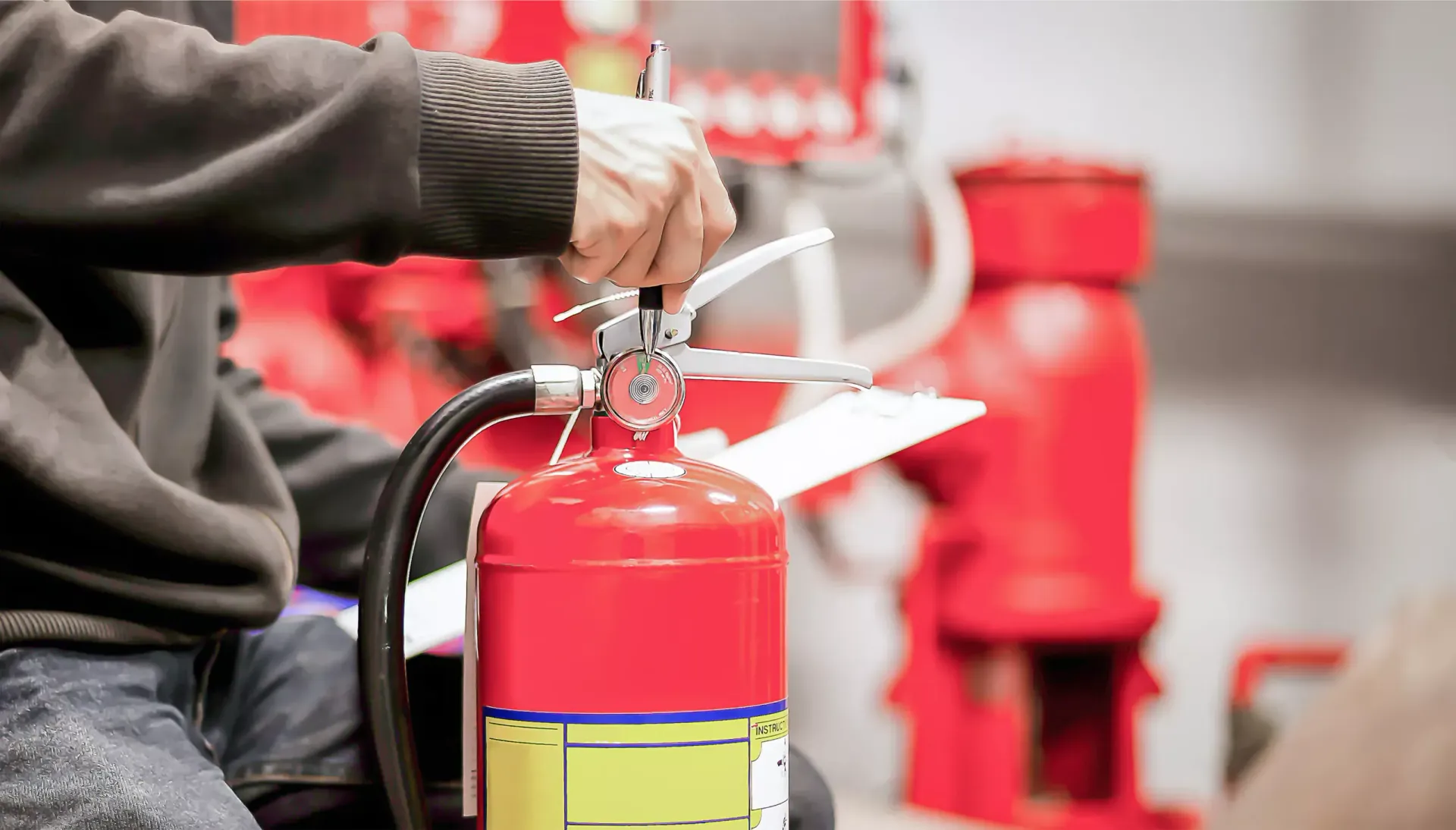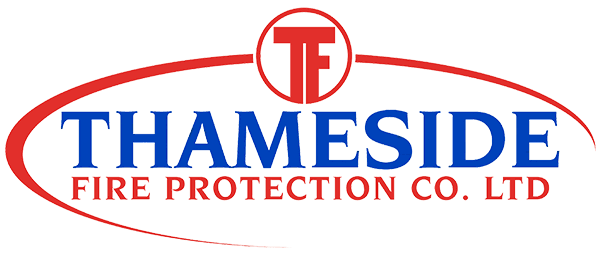The Importance of Comprehensive Fire Safety Training

Fire safety is a crucial aspect of building management that can save lives and protect property. Conducting a thorough fire risk assessment and providing comprehensive fire safety training are essential steps in preventing fire incidents and ensuring that occupants know how to respond effectively if one occurs.
In this blog, we’ll delve into the importance of fire risk assessments, the benefits of fire safety training and how these measures work together to create a safer environment.
The Importance of Fire Risk Assessments
Fire risk assessments are systematic evaluations of potential fire hazards within a building. These assessments help identify risks and implement measures to reduce them, ensuring compliance with fire safety regulations and enhancing overall safety.
Key Elements of a Fire Risk Assessment
A comprehensive fire risk assessment typically includes the following elements:
● Identifying Fire Hazards: Recognising sources of ignition, fuel and oxygen that could combine to start a fire.
● Evaluating Risks: Assessing the likelihood and potential impact of a fire occurring.
● Implementing Controls: Establishing measures to eliminate or reduce identified risks.
● Reviewing and Updating: Regularly revisiting the assessment to ensure ongoing effectiveness.
Data Supporting Fire Risk Assessments
Statistics show that there were over 15,000 fire-related incidents in non-residential buildings in 2022; many of these could have been prevented or mitigated with proper fire risk assessments. Buildings that conduct regular assessments report a significant reduction in fire incidents, highlighting the effectiveness of this proactive measure.
The Benefits of Fire Safety Training
Fire safety training equips building occupants with the knowledge and skills needed to prevent fires and respond effectively in an emergency. This training is essential for all members of an organisation, from top management to entry-level employees.
Key Components of Fire Safety Training
Effective fire safety training should cover the following areas:
● Fire Prevention: Educating staff on how to prevent fires through proper handling of materials and equipment.
● Emergency Response: Training on how to react during a fire, including evacuation procedures and use of fire extinguishers.
● Regular Drills: Conducting fire drills to ensure that everyone is familiar with evacuation routes and procedures.
Integrating Fire Risk Assessments and Fire Safety Training
Integrating fire risk assessments with fire safety training maximises the safety and preparedness of any organisation. Here are some insights and tips for effective integration:
● Regular Assessments and Updates: Conduct fire risk assessments regularly and update training programs accordingly.
● Comprehensive Training Programs: Ensure that fire safety training is thorough and covers all potential scenarios.
● Emergency Plans: Develop and communicate clear emergency plans based on the findings of fire risk assessments.
Fire Protection Specialists
Fire risk assessments and fire safety training are vital components of a comprehensive fire safety strategy. Regular assessments identify potential hazards, while effective training ensures that everyone knows how to prevent fires and respond appropriately in an emergency. By prioritising these measures, you can create a safer environment and protect both lives and property.
For more information on enhancing your fire safety measures, contact us today here at Thameside Fire Protection.

